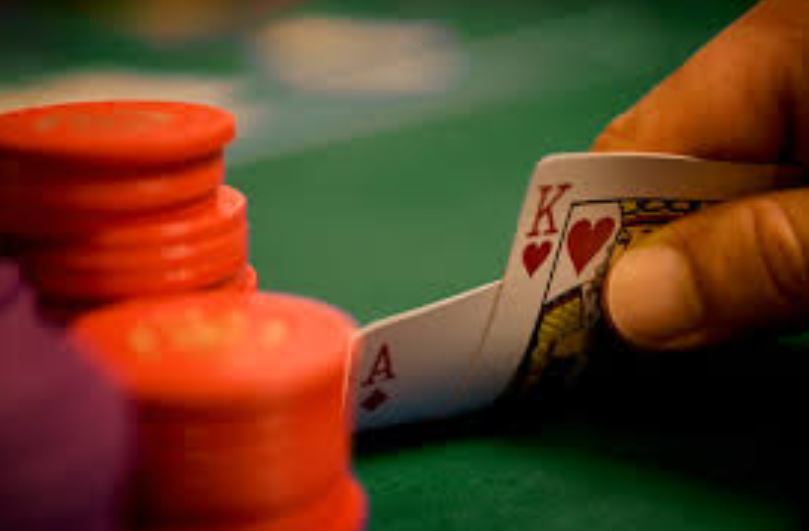In this series of articles I explore behavioral influences on investors’ decision-making, and the impact these behaviors have on investment success.
Most investors – amateurs and professionals alike – repeatedly fall into traps that are described by experts in the field of Behavioral Finance. These traps take many forms. Some are cognitive biases; others are logical fallacies; still others are simple misjudgments that they repeat again and again.
This article highlights what economists call the Sunk Cost Fallacy (or the Sunk Cost Effect). In the parlance of the advice community, it’s sometimes called “get-even-itis.”
We all have a healthy aversion to losing money. It keeps us from doing dumb things, and helps us to save for a rainy day. But the sunk cost effect is different. It happens when we arbitrarily fixate on the price we paid for an investment, especially when that investment has gone south.
As a result of the sunk cost effect, we stubbornly (and irrationally) hanging on to a losing position, hoping that it will eventually return to the price we paid for it – thus “making us whole.”
Sunk Cost Fallacy In Action
Have you ever seen someone spend an inordinate amount of money on a carnival game in an effort to win an inexpensive prize? If you have, then you have seen the sunk cost fallacy in action. People will often spend a lot to win an inexpensive prize because the human mind is not inclined to rationally evaluate sunk costs. Participants often think that, if they don’t win the prize, the money they have spent on the game will have been “wasted,” and continue to play. This phenomenon flies in the face of traditional microeconomics, which holds that people act rationally and only allow future costs to affect decisions. Behavioral finance, on the other hand, blends the study of economics and psychology to offer important insight into the sunk cost fallacy.
Bias Against Admitting Failure
Investors fall victim to the sunk cost fallacy when they allow the purchase price of a stock to dictate when they will sell. The tendency of investors to sell winning stocks too early and hold onto losing stocks too long has been well documented. Many investors don’t consider a poorly performing investment a failure until they sell the stock and realize the loss, and as a result investors are much more likely to sell winning stocks than they are losing stocks. There are two main problems with this approach. The well documented “momentum effect” whereby stocks that have recently gained are likely to continue gaining for at least a short while, works against investors that sell winners. Additionally, holding losing stocks is very inefficient with regard to taxes because capital losses can be used to offset tax liabilities.
Worse yet, some investors try to turn a losing investment around by “throwing good money after bad,” which can have devastating consequences when they increase their position in a poorly performing stock that continues to fall. This is sometimes referred to as trying to “catch a falling knife.” Admitting failure isn’t easy, but sometimes it’s the least costly way out of a poor investment.
Know When to Let Go
One of the terms often used when people use sunk costs to justify irrational decisions is the poker term “pot committed.” People often say they are “pot committed” to fix something old, like a car, because they have high sunk costs that would go to waste if they “threw in the towel” and bought a newer car. In fact, only future costs should matter.
Inexperienced poker players often think of themselves as “pot committed” when they have a lot of chips in the pot. They continue to call raises even if they have little chance of winning the hand. On the other hand, experienced poker players understand that being “pot committed” has nothing to do with sunk costs. Instead they analyze the size of the pot, and will only feel “committed” to make a call when the pot is very large relative to the cost of the raise. The only factors that should matter are the cost of the bet, the odds of winning, and the size of the pot. It doesn’t matter where the money in the pot came from – whether the money is the bettor’s own money or from the bets of other players is irrelevant.
The sunk cost fallacy can adversely affect your investment returns if you are not careful. When you find yourself dwelling on the price you paid for an investment, ask yourself what you would do with the investment if it were gifted to you. The same perspective can be applied to cars or equipment in need of repair. And if you need help preventing sunk costs from affecting your personal finances, consider consulting a professional coach or mentor with the experience and expertise necessary to guide you.

